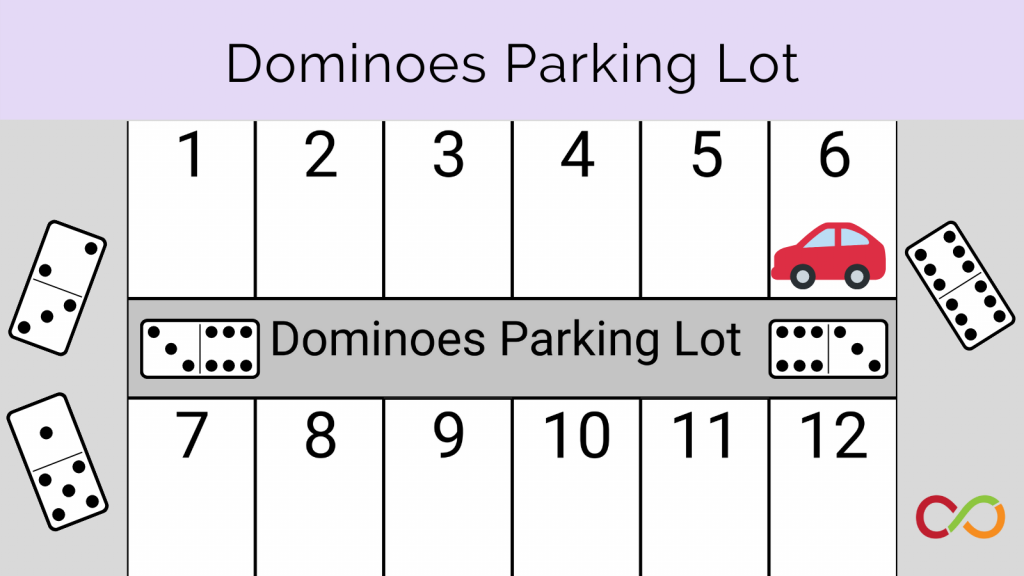Story Problems
Early Years (Age 3 – 6)
Curriculum Goal
Kindergarten: Demonstrating Literacy and Mathematics Behaviour
- Demonstrate an understanding of numbers, using concrete materials to explore and investigate counting, quantity, and number relationships (#15).
Context
- Students and teacher will be sitting on the carpet in a circle with a working mat in front of them and a collection of small wooden cubes in the top left-hand corner.
Materials
- Working mat for each student
- Small wooden cubes or small manipulatives
- See Appendix A for sample stories
Lesson
- Explain that the cubes are in their “starting corner” and that the opposite side is their “take away corner.” Additionally, the cubes will be used to represent different items in the story.
- Begin by telling a story. For example:
- My brother loves to have candy. For his upcoming birthday, I went to the store and bought him his favourite candy. I bought two lollipops and four sour keys. Can you show me these candies using your cubes? How many pieces of candy did I buy altogether?
- Allow students to count the pieces and raise their hand when they have an answer. Encourage students to arrange the manipulatives in a way that makes sense to them.
- Students share their answers one-by-one and then count their cubes altogether.
- Ask how students arrived at their answer (by counting, adding, etc.). Initially, this may need prompting, such as “I saw you touching each cube and counting.”
- Continue the story:
- When I got home, I made sure to hide the candy so that my brother would not find it and eat it! Then I went out for a run and when I got home three candy pieces were gone! Can you move those pieces to your takeaway corner? How many pieces do I have left to give to my brother as a present?
- Again, allow students to count the pieces.
- Ask students how they arrived at their answers to share different strategies.
- Continue the story and adapt depending on the students’ needs and abilities. Similar stories may need to be repeated before moving on to the next story.
Look Fors
- Do children demonstrate one-to-one correspondence?
- What are children’s strategies for counting?
- What number to children feel comfortable composing and decomposing?
Extension
- Increase the numbers you are working with as students become more sophisticated in their numeracy skills (e.g. working with a total number of 13 instead of 8).
- Make the story more complicated. For example:
- I saw two dancing cows. How many legs were dancing?
- Different people came to visit me on varying modes of transportation. There was one bicycle, and one wagon parked on my lawn. How many wheels were parked on my lawn?
- Use story problems to teach comparison. For example:
- There was a group of little bears that wanted to go on a picnic. There were seven little bears, and two parent bears. How many bears were there altogether?
- Before they left to go on their picnic, they had to pack some sandwiches. Five bears wanted honey sandwiches and four bears wanted honey. How many more bears wanted honey?
Share this lesson
Share on facebook
Share on twitter
Share on email

